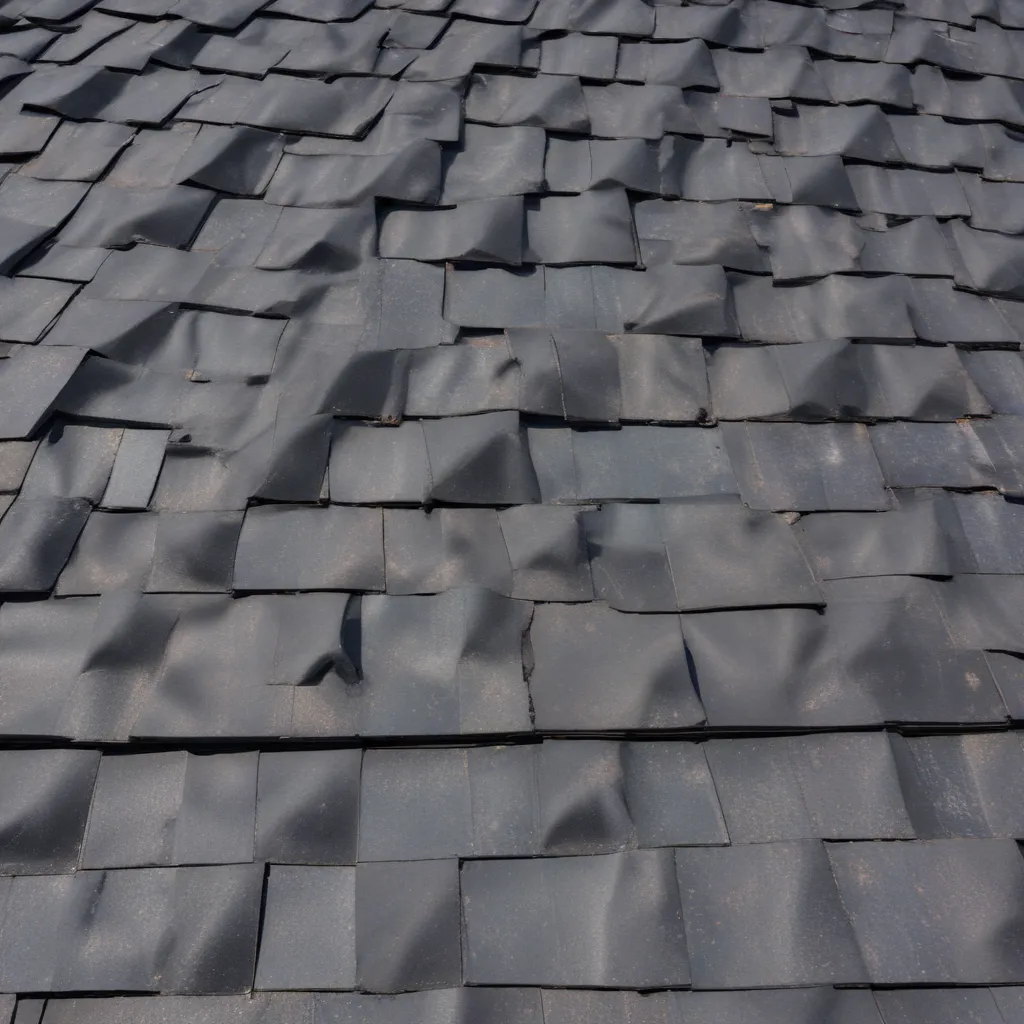
Composite roof systems have emerged as a prominent choice among homeowners and commercial building owners seeking durable, weather-resistant, and energy-efficient roofing solutions. These innovative systems combine the best attributes of various roofing materials, leveraging their individual strengths to create a robust and long-lasting roofing assembly.
Roof System Composition
At the heart of a composite roof system are the material components. These can include a range of elements, such as reinforced polymer-based shingles, metal panels, and advanced underlayment products. The layered structure of a composite roof is designed to provide enhanced performance, with each element serving a specific purpose.
For example, the top layer might feature impact-resistant polymer-composite shingles that mimic the aesthetics of traditional tile or slate, while the underlayment incorporates advanced synthetic sheets that offer superior water resistance and tear strength. The incorporation of metal roof panels as a structural component can further enhance the system’s durability and fire resistance.
Hybrid designs that seamlessly integrate different materials are becoming increasingly common. These hybrid systems allow architects and contractors to tailor the roof’s performance to the specific needs of the project, whether it’s maximizing energy efficiency, withstanding severe weather events, or achieving a desired aesthetic.
Resilience Factors
Resilience is a critical consideration in modern roof system design, as buildings must be able to withstand the ever-increasing threats posed by extreme weather conditions.
Weather resistance is a primary factor in composite roof system resilience. The layered construction and carefully selected materials work together to create a barrier that can effectively resist the damaging effects of wind, rain, hail, and even snow accumulation. Innovative products, such as impact-resistant polymer-composite shingles, can help mitigate the risk of roof damage during severe storms.
Another aspect of resilience is impact mitigation. Composite roof systems are often engineered to absorb and dissipate the forces generated by falling debris, hail, or other projectiles, helping to maintain the structural integrity of the roof assembly.
Underlying the resilience of a composite roof system is its structural integrity. The incorporation of reinforced polymer composites, metal panels, and advanced fastening systems creates a robust framework that can withstand the dynamic loads and stresses imposed by weather events.
Durability Considerations
Durability is a critical factor in the longevity and performance of any roofing system. Composite roof systems are designed to offer superior material longevity, with components that are engineered to resist the ravages of UV exposure, weathering, and corrosion.
Maintenance requirements for composite roof systems are generally lower compared to traditional roofing materials. Many composite products feature self-cleaning or self-healing properties, reducing the need for extensive periodic maintenance.
Composite roofs are also designed to adapt to environmental changes, maintaining their performance and appearance even as the surrounding conditions evolve over time. This adaptability can be particularly important in regions prone to significant temperature fluctuations, humidity variations, or other environmental stressors.
Performance Optimization
Achieving the optimal performance of a composite roof system requires a multifaceted approach that considers design strategies, material selection, and structural analysis.
Design strategies often focus on maximizing the synergistic effects of the various roofing components. This may involve carefully balancing the thermal properties, water resistance, and structural support provided by each element to create a cohesive and high-performing system.
The selection of roofing materials is a crucial step in the optimization process. Composite roof systems offer a wide range of options, from polymer-based shingles and metal panels to advanced underlayment products. Evaluating the specific performance characteristics of these materials and how they integrate within the overall system is essential.
Rigorous structural analysis is also necessary to ensure the composite roof system can withstand the expected loads and stresses. This may involve computer-aided simulations, laboratory testing, and field evaluations to validate the system’s performance under various conditions.
Sustainability Aspects
Sustainability is an increasingly important consideration in the construction industry, and composite roof systems can play a significant role in improving the environmental footprint of buildings.
Energy efficiency is a key sustainability factor, as composite roof systems can be designed to optimize thermal performance, reducing the energy demands for heating and cooling. Advanced coatings, reflective surfaces, and insulation strategies can all contribute to improved energy efficiency.
The environmental impact of composite roof systems is also a crucial consideration. Many manufacturers are leveraging recycled materials, such as reclaimed polymers or metal alloys, to reduce the overall carbon footprint of their products.
Recyclability is another aspect of sustainability, as composite roof systems are often designed with disassembly and repurposing in mind. This can extend the useful life of the roofing materials and minimize waste at the end of the system’s service life.
Architectural Integration
Composite roof systems are not only functional but also offer a wide range of aesthetic considerations to complement the architectural design of a building. The diverse range of colors, textures, and profiles available in polymer-composite shingles and metal panels allows for seamless integration with various architectural styles, from traditional to contemporary.
Functional adaptability is another key aspect of composite roof system design. These systems can be tailored to accommodate complex roof geometries, incorporate solar panels, or integrate with other building systems, such as ventilation and drainage.
Compliance with building codes and regulations is essential, and composite roof systems are engineered to meet or exceed the stringent requirements set forth by local and national authorities. This ensures that the roofing solution not only performs at the highest level but also adheres to the necessary safety and performance standards.
By understanding the composition, resilience, durability, performance optimization, and sustainability aspects of composite roof systems, building professionals can make informed decisions that deliver long-lasting, energy-efficient, and aesthetically pleasing roofing solutions. As the industry continues to evolve, these innovative composite systems are poised to play a pivotal role in the future of roofing.

























